At the seminar “Solving the problem of power shortage: How?” held on June 9, Mr. Nguyen Quoc Trung, Deputy Director of the National Power System Dispatch Center (A0), said that it is forecasted that in June and July this year, the heat will reach its peak.
Around the beginning of July every year, the frequency of floods is high, more water flows upstream of the Da River, so if nothing changes, the power supply tension in the North will be relieved.
However, the El Nino phenomenon recurs this year, plus this is a leap year, the dry season will have an extra month, which will still increase the pressure on power supply.
"By August, the power supply will be released when the dry season is over and power plants are operating stably," said Mr. Nguyen Quoc Trung.

Meanwhile, the A0 representative said the center is trying to operate the system more optimally. For example, more than 200 small hydropower plants in the Northern region must operate at the right time for customers to minimize the reduction.
“We still need the support of customers in maintaining a stable power system in the North. If we do not save electricity and have urgent solutions, when the Hoa Binh hydropower plant reaches its dead water level, we will lose another 1,920 MW. The situation will then be much more difficult and tense.
When the factory that plays a role in regulating the frequency of this system is no longer there, the impact will be huge. Therefore, we really need the cooperation of customers in the Northern region", A0 representative called for in the context that most hydroelectric reservoirs in the North have reached the dead water level.
Mr. Ha Dang Son, an energy expert, said that the power shortage was warned about 2 years ago and has been mentioned more since 2022, especially in the northern region.
“Calculations all show a high risk in supplying electricity to the North in 2023-2024. That is because the North has almost no new sources. Even the Thai Binh 2 thermal power plant took nearly 10 years to build and was successfully connected to the grid. Hydropower plants have been built in the past 3-4 years,” said Mr. Son.
So, when will the North stop lacking electricity is a question this expert cannot answer.
According to Mr. Vo Quang Lam, Deputy General Director of Vietnam Electricity Group (EVN), EVN currently holds 38.4% of the total power system capacity, the rest belongs to other investors. Regarding the transmission grid, EVN holds 100%. Regarding retail distribution, EVN sells to 92% of customers nationwide, the remaining 8% of customers are 900 cooperatives, joint stock companies and other enterprises.
Currently, the ability to transmit electricity from the Central region to the North via the 500 kV North-Central line is always at a high limit (maximum limit from 2,500 MW to 2,700 MW), leading to potential risks of incidents.
Regarding the possibility of transmitting more electricity from the Central region to the North, Mr. Vo Quang Lam shared: The transmission system that Vietnam owns and operates is the largest in Southeast Asia. Regarding the North-South transmission grid, we have two 500kV lines, circuit 1 and circuit 2, and have built circuit 3 from Vung Ang ( Ha Tinh ) to the South.
"Among the 27 northern provinces, Ha Tinh benefits from this line, so the electricity supply situation is better," said Mr. Lam.
In addition, the master plan VIII sets out a plan to build a 500kV line circuit 3 from Ha Tinh to the North connecting to Hung Yen to close this loop, to be implemented from now until 2030. However, this is an urgent issue, so EVN assigned the National Power Transmission Corporation to report to the ministries and branches to immediately implement the project.
"If we work hard, we can add 1,000-1,500 MW to the loop to bring electricity from the South to the North," Mr. Vo Quang Lam assessed.
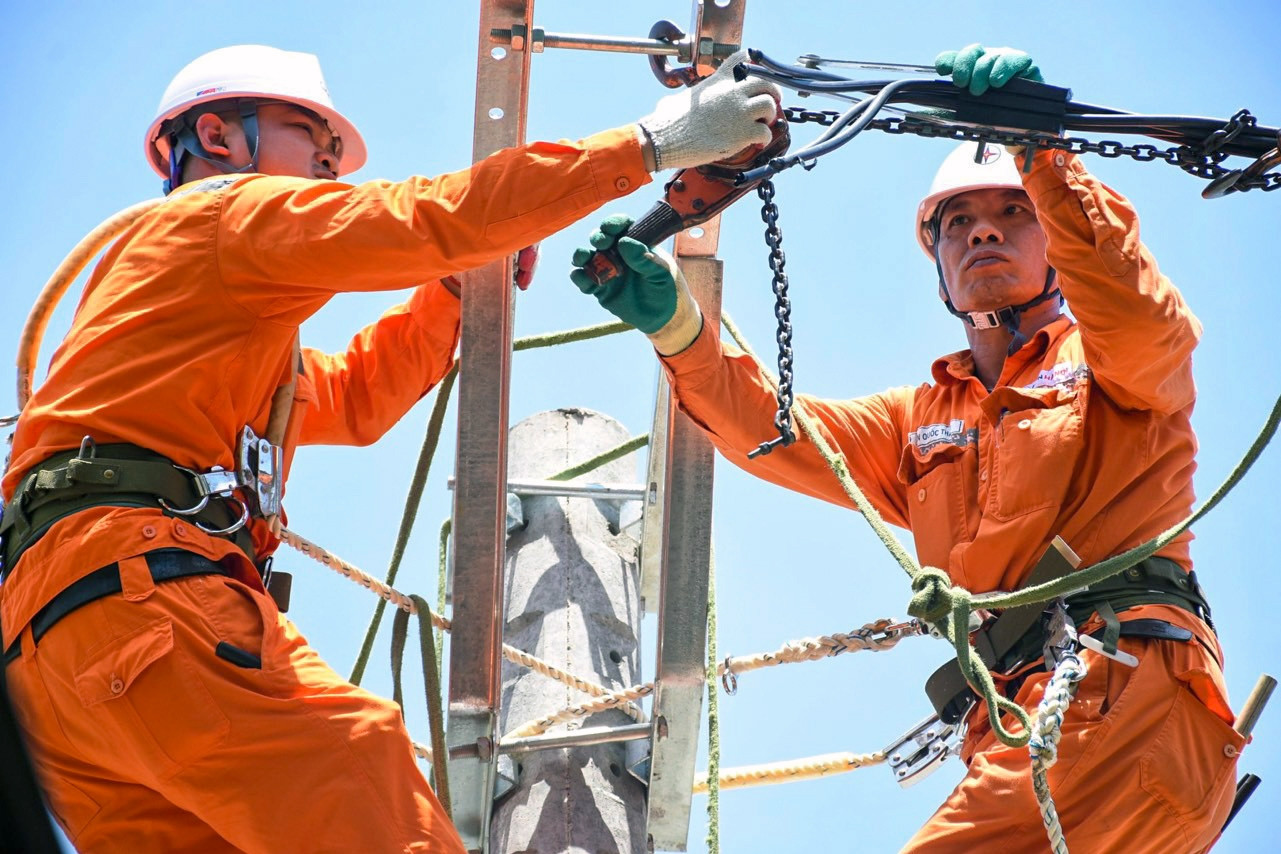
EVN explains request to increase electricity price, but still deposits billions of dong in the bank
Explaining the request to increase electricity prices but still deposit tens of thousands of billions of dong in the bank, EVN said that the units must maintain enough balance to pay off due debts to ensure creditworthiness for future loans.
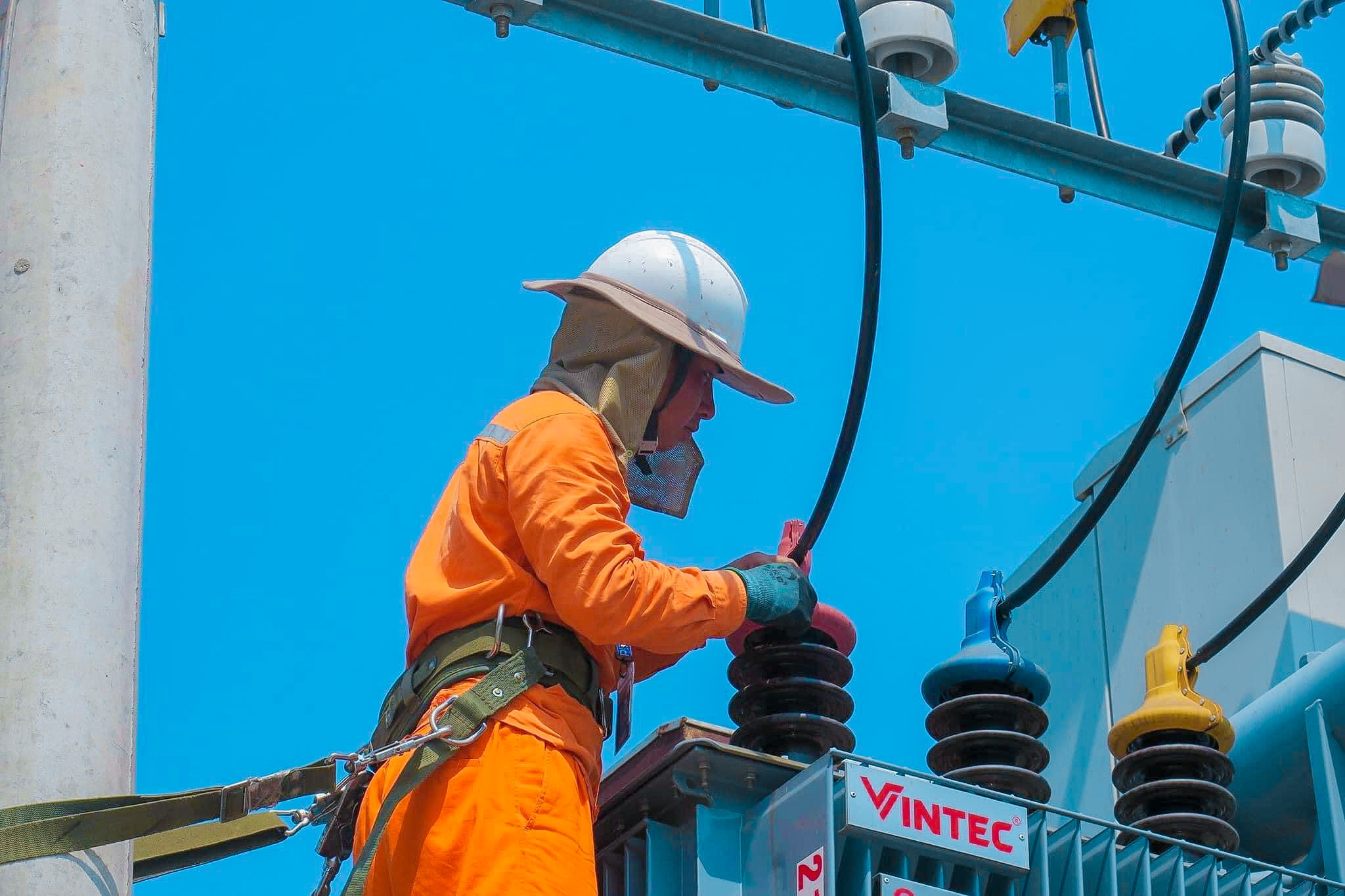
Northern Power Shortage: 'We Apologize to the People and Businesses'
The leader of the Electricity Regulatory Authority expressed: 'The power shortage is the inexcusable responsibility of the state management agency and the electricity industry. We would like to apologize to all the people and businesses'.
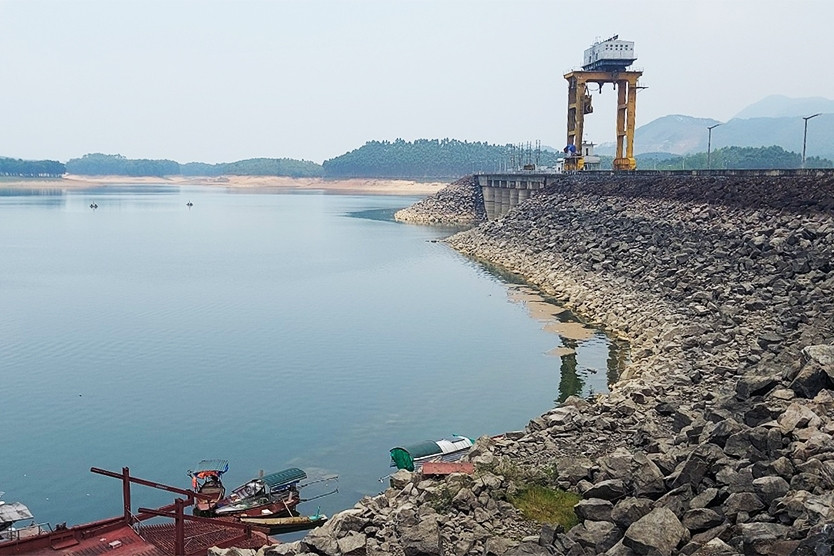
Drought causes hydroelectric power plants to run out of water, causing hourly power cuts in the North
Drought has caused hydroelectric reservoirs in the North to fall below the dead water level, and many generators have stopped operating. This has made the North, which was already lacking electricity, even more lacking, and the power outage situation has become more serious.
Source


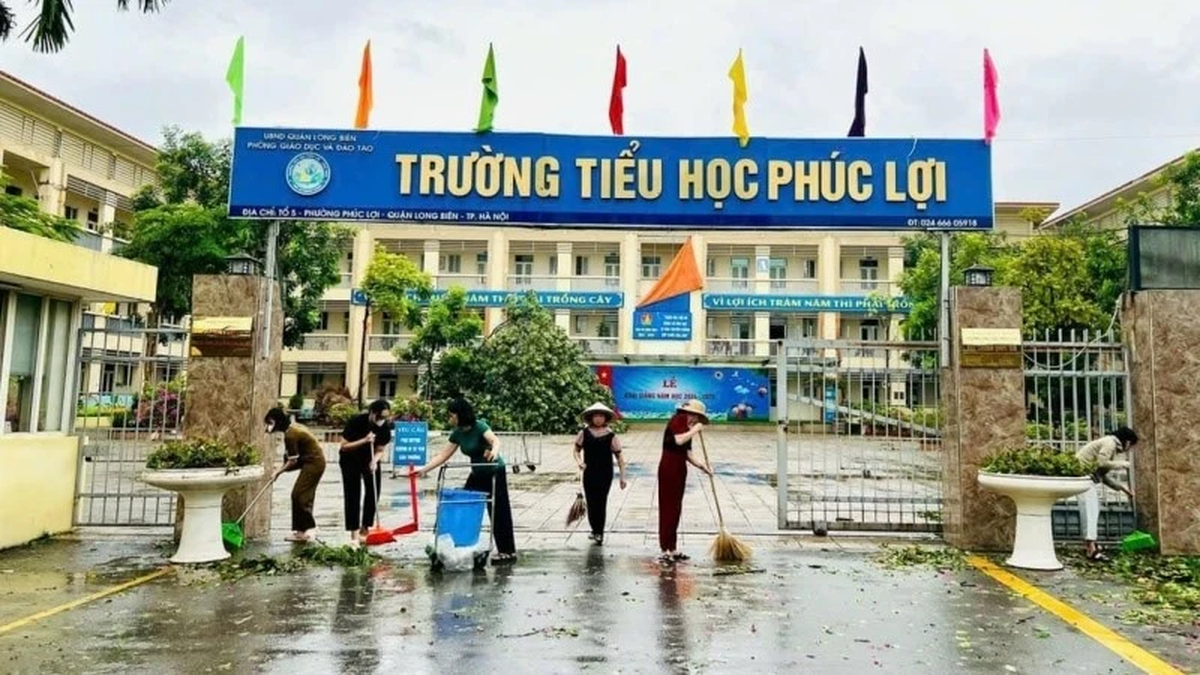



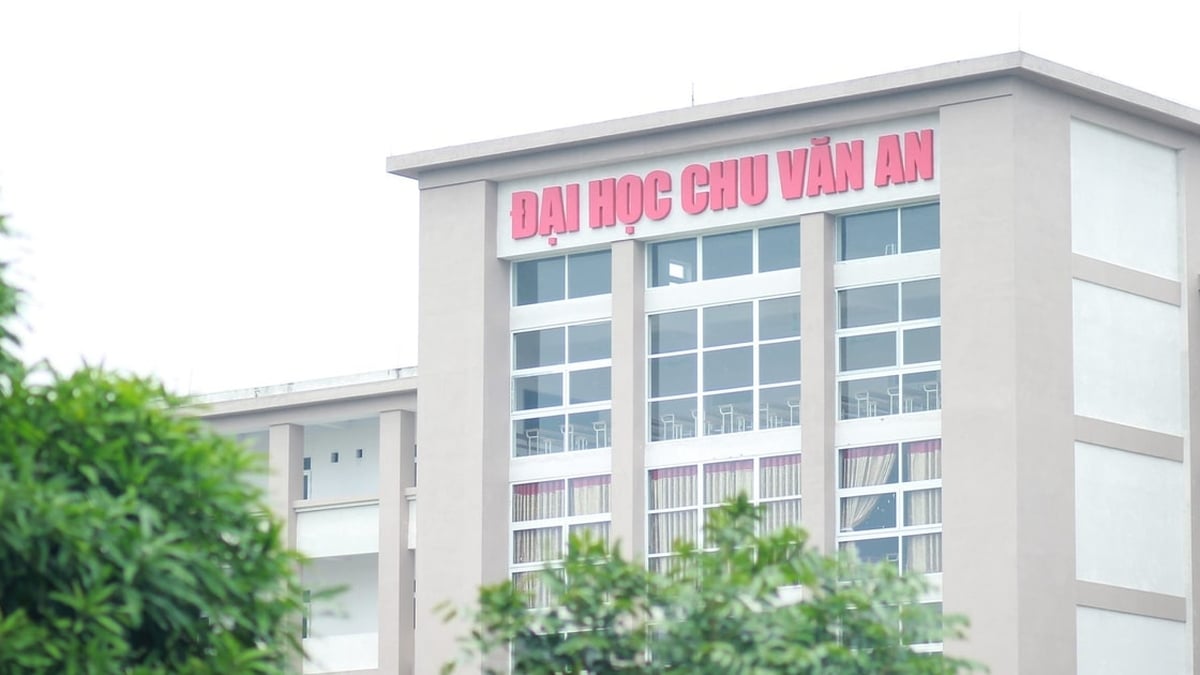






















![[Photo] National Assembly Chairman Tran Thanh Man visits Vietnamese Heroic Mother Ta Thi Tran](https://vphoto.vietnam.vn/thumb/1200x675/vietnam/resource/IMAGE/2025/7/20/765c0bd057dd44ad83ab89fe0255b783)








































































Comment (0)